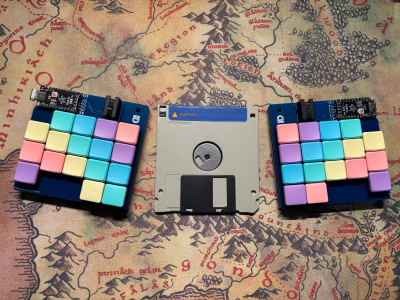Life was simpler when everything your computer did was text-based. It is easy enough to shove data into one end of a pipe and take it out of the other. Sure, if the pipe extends across the network, you might have to call it a socket and take some special care. But how do you pipe all the data we care about these days? In particular, I found I wanted to transport audio from the output of one program to the input of another. Like most things in Linux, there are many ways you can get this done and — like most things in Linux — only some of those ways will work depending on your setup.
Why?
There are many reasons you might want to take an audio output and process it through a program that expects audio input. In my case, it was ham radio software. I’ve been working on making it possible to operate my station remotely. If all you want to do is talk, it is easy to find software that will connect you over the network.
However, if you want to do digital modes like PSK31, RTTY, or FT8, you may have a problem. The software to handle those modes all expect audio from a soundcard. They also want to send audio to a soundcard. But, in this case, the data is coming from a program.
Of course, one answer is to remote desktop into the computer directly connected to the radio. However, most remote desktop solutions aren’t made for high-fidelity and low-latency audio. Plus, it is nice to have apps running directly on your computer.
I’ll talk about how I’ve remoted my station in a future post, but for right now, just assume we want to get a program’s audio output into another program’s audio input. Continue reading “Linux Fu: Audio Network Pipes”



















